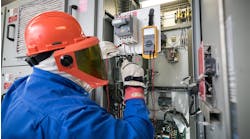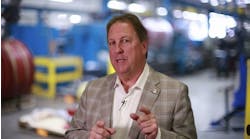If workers seem unhappy, it might not be your fault. But it could be. These tips can help you avoid contributing to a negative (or even toxic) work environment:
• Listen to people. If they present problems, they want you to understand their concerns and address the problems. If they tell you about something exceptional they did, respond in an exceptional way.
• Look for the good. You may have heard of “management by exception,” which means the manager focuses attention on problems that crop up. Instead, make a point of looking for examples of outstanding work and letting people know you appreciate it.
• Identify toxic people. Sometimes, it takes just one person to put others in a sour mood. That one person might complain chronically, a leave messes, or just be inconsiderate. Often, a little coaching can move this person into acceptable behavior. But you may need to tell that person to seek employment elsewhere. Part of a manager’s job is to protect the team.
• Look for annoyances you can eliminate. At one firm, a printer used for field drawings was a source of much cursing (some of it rather creative). Finally, one of the electricians decided enough was enough. He dropped it off at a repair shop, without even asking permission to remove it. Don’t look just for annoying equipment; look at your work processes for steps that annoy people by wasting their time (and if you don’t see anything, ask).
• Make sure workers are properly equipped. Having to use outdated test equipment is an obvious problem you don’t want people to have. How do you know whether the equipment you've provided is up to the task? What’s your process for making sure? What about power tools? Do you really want Jim to make 98 crimps by hand even though you could have bought a power crimper while the job was being planned?





